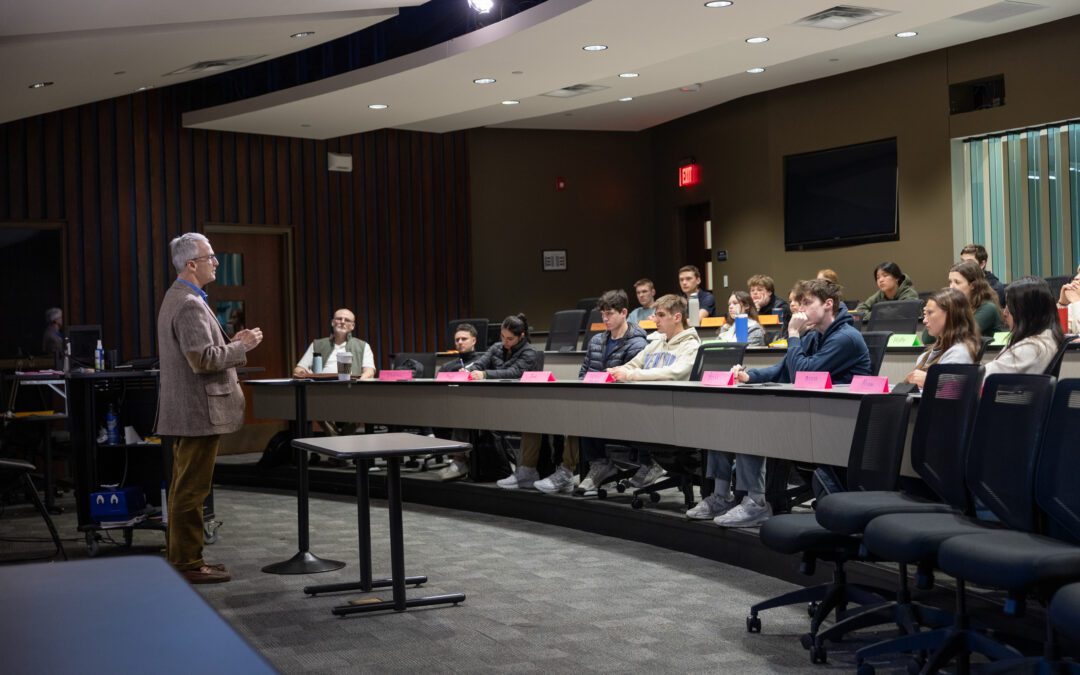Athletes work hard and play hard, and this makes them susceptible to injury. In fact, each year more than 10 million sports injuries occur. Common injuries in athletes range from broken bones to torn tendons and strained muscles. Athletes are particularly susceptible to dealing with strains and sprains, injuries that happen more easily than more serious situations, such as a broken bone. However, athletes can take still preventive measures to reduce their risk of losing time playing their sport due to strains and sprains.
Types of Strains
A strain, or pulled muscle, takes place when someone tears or stretches muscle fibers. The three degrees of strains include:
- First-Degree Strain– Only approximately 10% of the muscle fibers have been torn.
- Second-Degree Strain– Between 10-90% of muscle fibers have been torn.
- Third-Degree Strain– The muscle fibers have been completely ruptured.
Types of Sprains
Sprains take place when someone tears or overstretches a ligament. The three different degrees of sprains include:
- First-Degree Sprain– A first-degree sprain involves a stretched ligament without tearing. This may cause bruising and mild pain, as well as limited range of motion and stiffness.
- Second-Degree Sprain– Second-degree sprains are the most common and include a partial tear of the ligament. Symptoms include loss of use of the joint, bruising, swelling, and moderate pain.
- Third-Degree Sprain– This involves the ligament completely tearing and symptoms include joint instability, severe loss of motion, extreme swelling and extreme pain, particularly when using the joint.
Common Strains and Sprains in Athletes
Strains often occur in athletes when they throw, jump, or run, which is very common in sports like baseball, football, and basketball. Slipping on ice can commonly cause strains in hockey players. Chronic strains can occur in athletes who are involved in sports that require repetitive movements of muscles, including sports like golf, tennis, gymnastics, and rowing. Some of the most common sprains that occur for athletes include:
- Knee Sprain– Often occur when quickly pivoting during athletic activities.
- Ankle Sprain– May occur when exercising on uneven surfaces.
- Thumb Sprain– Overextension when playing various racquet sports or skiing may cause thumb sprains.
- Wrist Sprain– Commonly occur when landing on a hand that is outstretched during a bad fall.
Risk Factors for Strains and Sprains
Certain risk factors can increase the likelihood that an athlete will sustain a strain or sprain. Risk factors include:
- Fatigue– If muscles become overly tired, they don’t provide as much support for joints. It’s easier to succumb to the forces that may overextend muscles or stress joints when tired.
- Poor Equipment– Footwear that doesn’t fit right or is poorly maintained can increase the risk of sustaining a strain or sprain, as can using other poorly maintained or poorly fitting sports equipment.
- Poor Conditioning– If an athlete has been slacking off in conditioning, muscles can be left weak, making a sustained strain or sprain more likely.
- Failing to Warm Up Properly– When muscles are tight, they don’t have as much range of motion and they are more prone to tears and trauma.
Preventing Strains and Sprains
While one can’t prevent every sports-related injury, there are many things one can do to reduce one’s risk of sustaining strains and sprains. Excellent prevention tips include:
- Stretch and Warm Up– This should be done before participating in any type of exercise and sport. Warming up and stretching loosens muscles and prepares them for activity so there’s less of a chance of injury.
- Train for the Sport– This doesn’t mean one should go out and just play the sport – it means spend time training one’s body so one can be in peak physical condition to play. Being in the best possible shape and training regularly for a particular sport can reduce the chance of incurring strains, sprains, and other injuries.
- Know When to Stop Pushing– Pushing oneself hard is part of being an athlete, but an athlete also needs to know when to stop pushing in order to avoid injury. Know your limits and avoid playing sports when you’re overly tired to reduce the risk of strains and sprains.
- Eat a Healthy Diet– A diet that’s packed with important nutrients helps keep muscle strong, and strong muscles are less prone to injury.
- Ensure Shoes Fit Properly– You should have a good fit when wearing athletic shoes to prevent ankle sprains. As soon as the tread wears out or begins to wear too much on one side, replace your shoes.
Sometimes an injury occurs while playing sports, no matter what one does to prevent it. If you do sustain a strain or sprain and it causes severe pain, make sure you see a physician. While rest usually is the best treatment for strains and sprains, severe strains and sprains may require physical therapy, casts, braces, or even surgery.
Are you interested in learning more about exercise science and other professions that will allow you to faithfully, wholeheartedly fulfill your life’s calling? Want to find out more about the Christ-centered, biblically based education we offer at OKWU? We would be happy to introduce you to our Christian perspectives that are a part of any field of study at OKWU. To learn more about how we can help you pursue your goals and answer your calling, email Oklahoma Wesleyan University at info@okwu.edu or call us today for more information at 918-335-6200.


